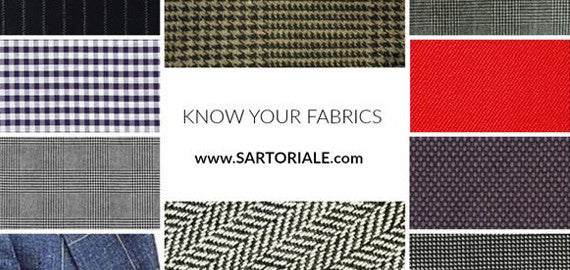
Men's fabrics and patterns - Know your clothes
To ensure that you look your very best every day, it is prudent to become more than familiar with the patterns and fabrics that make up your menswear. Every well-suited man should know the difference between pinstripe and chalk stripe, for example.
Not only does it help you to put together your ensemble with confidence and care, but this knowledge can also be a great conversational piece when somebody inevitably enquiries about your fantastically-fitting suit. Why not be the guy who can inform on the subject of Prince of Wales versus glen plaid check?

We would advise that it is far better to chat about interesting tit-bits concerning your outfit, rather than simply name-dropping/boasting about the maker of the garment you are wearing.
So, if you've ever really wanted to know the real difference between plaid and gingham, then read on for a quick guide to every fabric and pattern used in quality menswear tailoring.
GABARDINE

This tightly woven twill fabric was invented by Thomas Burberry in 1879 as a waterproof material to be used for the original Burberry trench coat. This tight and robust weave makes it a durable, hard-wearing fabric, which when woven in worsted wool, it is ideal for business suits for autumn and winter.
BIRDSEYE
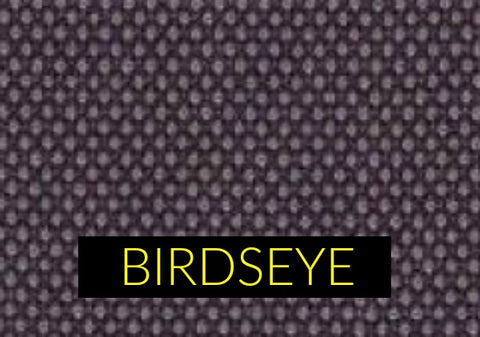
Birdseye is a small diamond pattern, with each diamond having a center dot. It is woven from two differently colored yarns, which greatly affects the overall look of the cloth.
If the colors are low in contrast, the effect is more subtle, lending a more formal appearance to the fabric, as seen in this gray business suit below from Isaia Napoli. A higher contrast pattern usually works better for more casual wear.
NAILHEAD
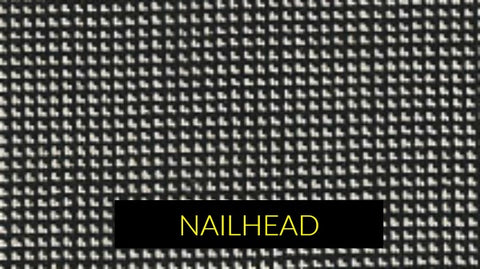
The nailhead is a micro pattern, only visible from a close distance. IN the same manner, as the birdseye, it is created from two different colors to give an uneven visual effect. Given its nuance, it is a commonly used fabric for business and evening wear, as personified in this Daniel Craig-esque Sartoria Partenopea suit.
HERRINGBONE
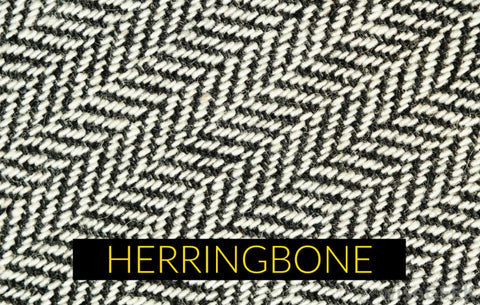
Herringbone is one of the oldest fabric patterns known to mankind. In fact, before being used in clothing, this motif could trace Its origins back to around 580 BC, when it was used as the composition for the road systems of the Roman Empire.
From England to Italy, every nation that has ever cared to dress well has designed their own interpretation of this pattern to wear as shirts, knitwear, tailoring or outerwear.
As with all decorations used in menswear fabrics, the smaller the pattern, the more discreet it is, as exemplified by this Peacoat Jacket below by the masters of tailoring at Kiton.

PINSTRIPE
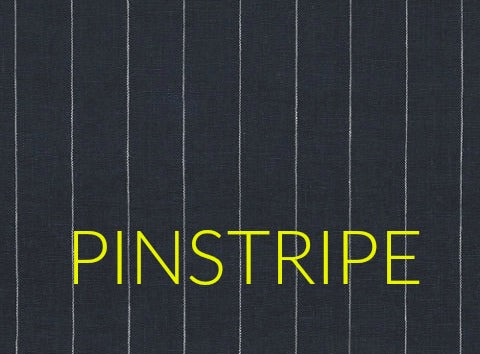
Pinstripe means business - serious business. When you think of this thin striped cloth in suit form, immediately, images of powerful lawyers and investment bankers spring to mind.
It looks best as a worsted wool and it is best to combine with a plain or simple patterned shirt/tie combination, as shown below in a 'sophisticated to a T' bespoke example from our friends at Rubinacci.
Incidentally, to really push that high-powered city broker look, wear pinstripe in a double-breasted navy suit.
CHALKSTRIPE

Chalkstripe is the more flamboyant brother of the aforementioned pinstripe. Chalkstripe is a thicker, more noticeable version of vertically striped suiting fabric.
From Fred Astaire to Cary Grant, we can thank the golden era of Hollywood for popularizing this classic cloth.
Unlike pinstripe, it looks best on a heavier base, which mostly means flannel.
GINGHAM
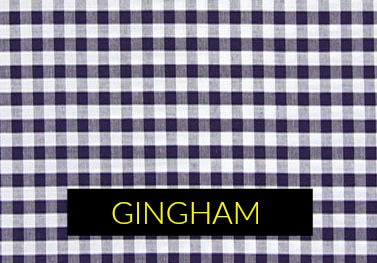
Evenly-sized checks in two or more colors make gingham an always interesting pattern option. In large checked version, think country singers of yore, but in subtly sized check, it can make for a statement-making dashing sport coat or jacket, as with this stylish number from Belvest below.
GLEN PLAID
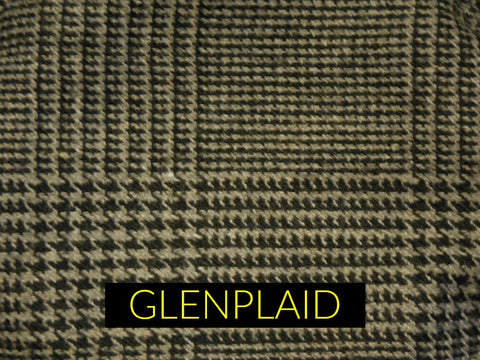
Glen plaid is a normally found in woolen fabrics with a pattern design of small and large checks usually worked into black and white hues or muted browns.
The essence of the pattern is two dark lines with two light stripes, which then cross over with four dark and light stripes. As soon as you see this eye-catching check, you immediately think of Scottish country estate.
Despite its Scottish origins, this is a stunning example below of Glenplaid in Neapolitan tailoring from Kiton.
WINDOWPANE CHECK
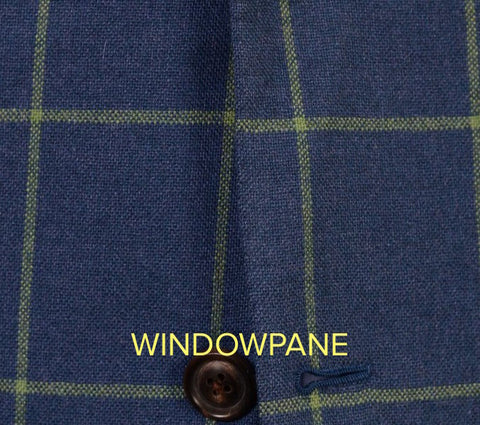
Windowpane is formed from two perpendicular pinstripes. This pattern is a definite sign of clothing connoisseur who takes great interest in looking sharp.
Depending on the colorway (the range of combinations in which a style or design is available), this pattern can work in the boardroom, for a club, or do country sports.
Who has worn Windowpane to greatest effect recently? We loved the Tom Ford piece that Daniel Craig wore as James Bond in Skyfall.
GLENURQUHART CHECK
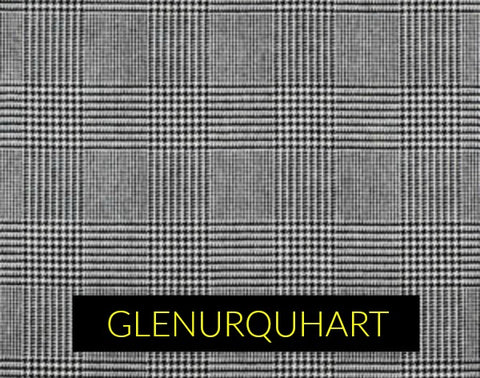
Glenurquhart checks dates as far back as 19th Century England. It is one of the most famous fabrics in traditional menswear.
This graphic pattern makes up wonderfully either as a suit or jacket or if you prefer to show a more serious side, choose an overcoat in this wonderful design.
This uber stylish suit from Sartoria Partenopea superbly shows off the instant impact of a Glennurquhart check.
PRINCE OF WALES CHECK

A bolder version of glenplaid is the Prince of Wales check, named after Edward VIII, who was a great champion of elegant menswear.
What is the difference between glen plaid and Prince of Wales check? The subtlety lies in the arrangement of checks. There is a base check usually in a plain color, such as gray, and then on top another check is added, which usually puts a brighter color into the overall look and mix.
This allows for a lot of opportunity to mix it with myriad colors and patterns to come up with infinite results. However, we advise to stick with two (maximum three) patterns per look.
The Prince of Wales check is another pattern that results in an impressive crisp business suit, as you cans see in this elegant Cesare Attolini handmade flannel suit below.
HOUNDSTOOTH

Another Scottish stalwart, the duo-toned Houndstooth pattern is here to stay.
This broken check was designed to be worn on informal occasions. In other words, it's best not to wear this pattern as an entire suit. Instead, match a houndstooth blazer with solid color pants, or conversely, try houndstooth pants with a solid color jacket (or perhaps a navy blazer).
We suggest avoiding black and white houndstooth, as this is a very popular choice in ladies style, so select a confident blue, gray or black tone.
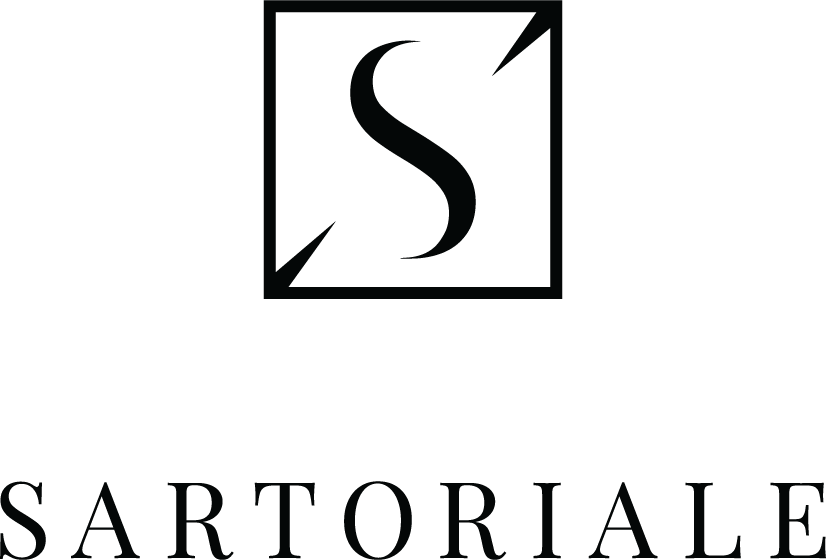
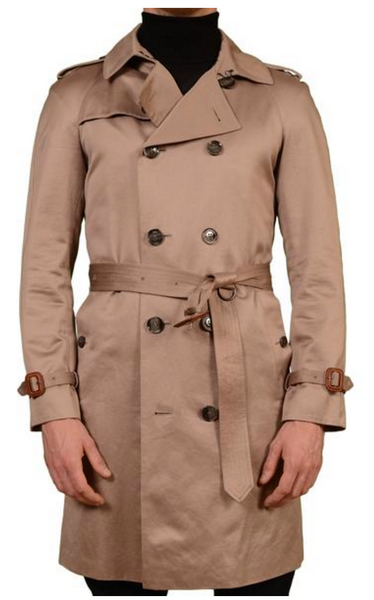
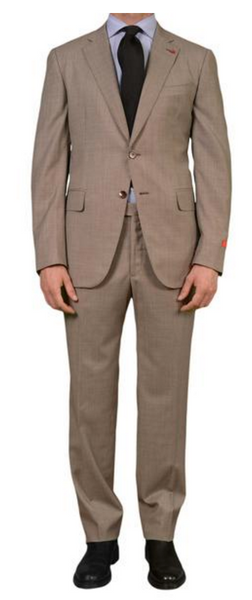


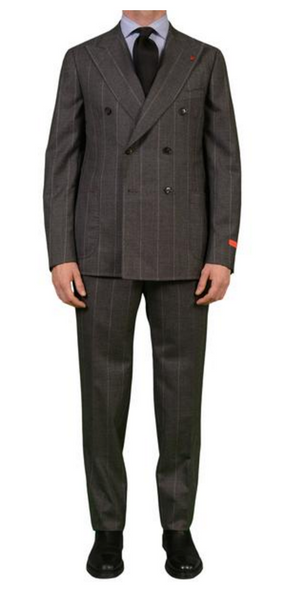
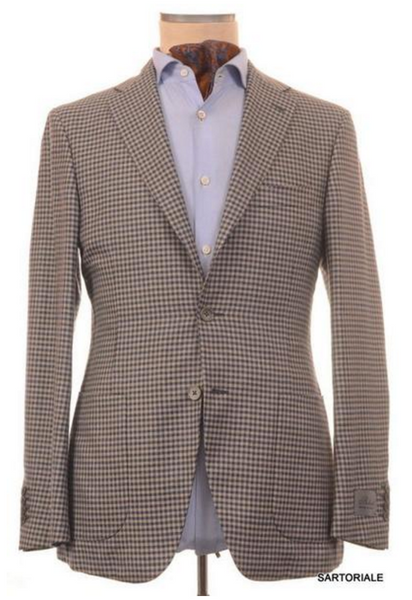
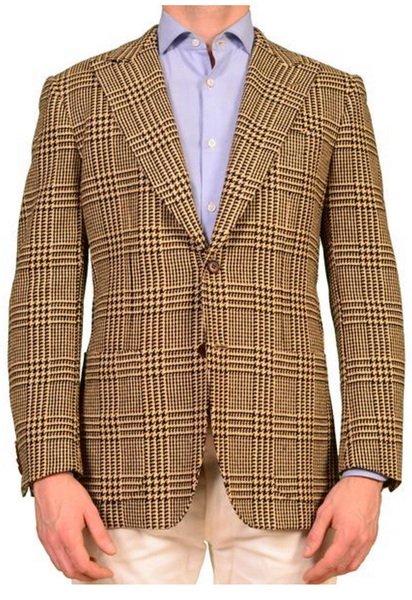
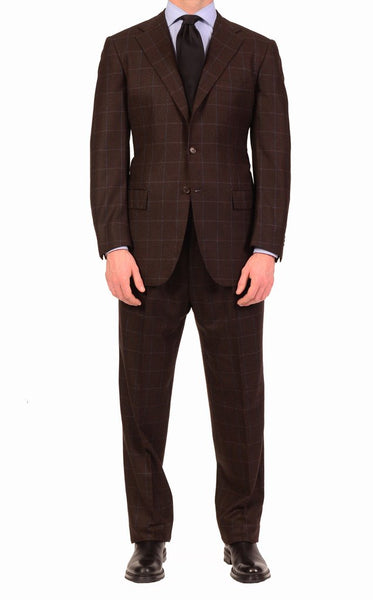
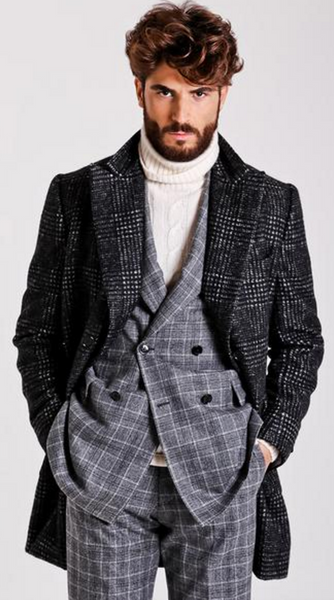
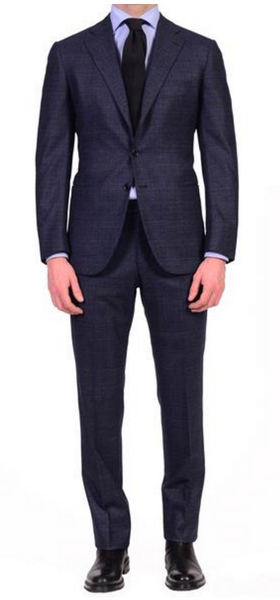

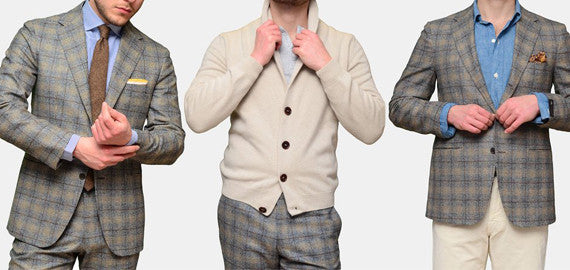

1 comment
Amazing design and stylish stuff i liked it a lot ….. thanks for sharing
DE billa
Leave a comment
This site is protected by hCaptcha and the hCaptcha Privacy Policy and Terms of Service apply.